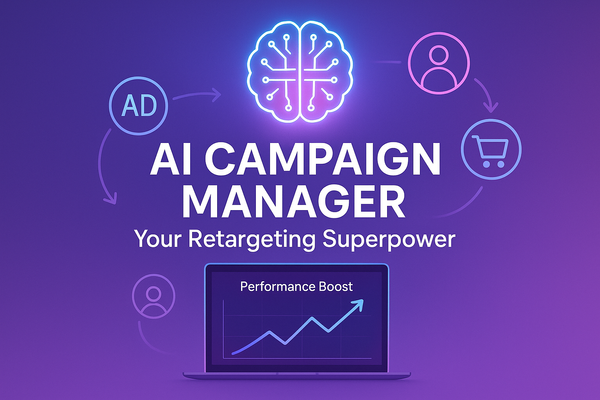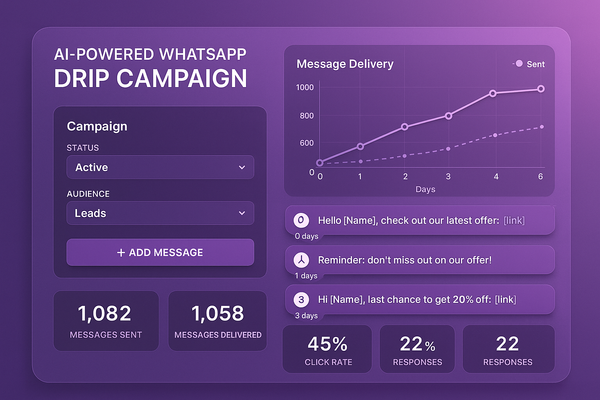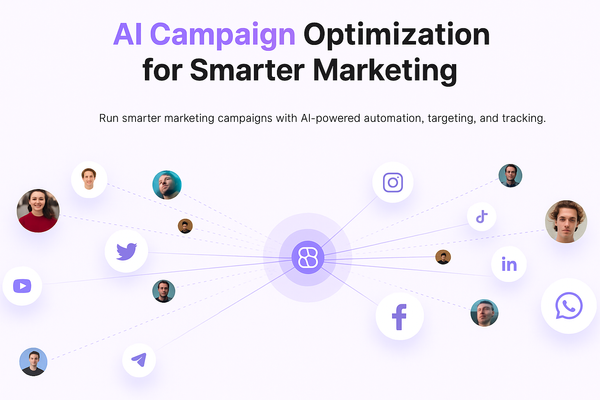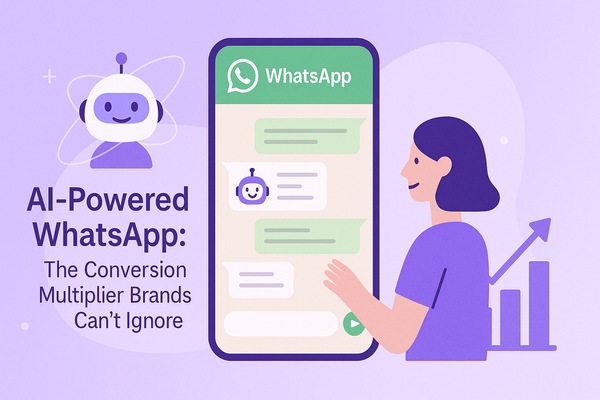The AI Crystal Ball: How Predictive Analytics is Reshaping Retail

Imagine this: You walk into your favorite store, and before you even start browsing, a notification pops up on your phone. It’s not just any generic promotion—it’s an exclusive offer on the exact shoes you were eyeing online last week.
No guesswork. No irrelevant ads. Just the right product, at the right time, tailored just for you.
That’s the magic of AI-driven predictive analytics. And if you’re in retail, it’s something you can no longer afford to ignore.
📈 The Retail Revolution: Powered by AI
I still remember a conversation I had with a retail executive last year. He told me, “We used to rely on gut feelings to predict trends. Now, AI tells us exactly what our customers will want next.”
Retailers today aren’t playing a guessing game anymore. They’re using AI to: ✅ Anticipate what shoppers want before they even search for it. ✅ Optimize inventory to ensure shelves are stocked with high-demand products. ✅ Hyper-personalize marketing for a seamless and engaging shopping experience. ✅ Enhance supply chain efficiency to reduce waste and costs. ✅ Improve customer support with AI chatbots for instant assistance.
And the results? They’re nothing short of game-changing.
💡 Real-Time AI Impact: A Case Study
One of my favorite examples is a fashion retailer I worked with last year. They implemented AI-driven predictive analytics and saw remarkable improvements in just six months:
| Metric | Before AI Implementation | After AI Implementation |
|---|---|---|
| Sales Increase | 0% | +20% |
| Customer Retention | 50% | 85% |
| Cart Abandonment Rate | 40% | 25% |
| Customer Satisfaction | 72% | 90% |
| Inventory Accuracy | 60% | 95% |
| Forecasting Precision | 70% | 92% |
When I asked their marketing team what changed, they said, “We stopped making assumptions. AI helped us understand our customers better than we ever could on our own.”
📊 The Numbers Behind AI in Retail
The impact of AI-driven predictive analytics isn’t just anecdotal. The numbers speak for themselves:
- Retailers using AI-powered demand forecasting have reduced forecasting errors by up to 50%.
- AI-driven personalization can increase conversion rates by 30%.
- Retailers with AI-powered chat assistants see 3X higher engagement rates.
- AI-powered inventory management reduces waste by 20-30%.
- AI-driven price optimization has led to a 10-20% increase in profit margins.
- Chatbots and virtual assistants reduce customer support costs by up to 30%.
🛍️ AI is Transforming the Customer Experience
As a frequent online shopper, I’ve noticed how AI is reshaping the way I interact with brands. Here are five ways AI is revolutionizing the customer experience:
- Smart Recommendations: AI suggests products based on browsing and purchase history, making shopping effortless.
- Virtual Try-Ons: AR-powered AI allows customers to visualize outfits or accessories before buying.
- Voice Shopping: AI voice assistants simplify shopping for busy consumers (I now buy my groceries via Alexa!).
- Dynamic Pricing: AI adjusts prices in real time based on demand and competition.
- Automated Customer Support: AI chatbots provide instant, 24/7 assistance, reducing wait times.
🚀 AI Chat Assist: The Game-Changer Behind the Scenes
If you’re wondering how small and mid-sized retailers can compete with industry giants, here’s the good news: You don’t have to build an AI system from scratch. Platforms like AI Chat Assist are making AI-driven customer insights accessible to businesses of all sizes.
With AI Chat Assist, businesses can: ✅ Engage with customers in real time. ✅ Use AI insights to predict buying behavior. ✅ Automate and personalize customer interactions. ✅ Improve sales efficiency through AI-powered automation. ✅ Reduce response time and enhance customer satisfaction. ✅ Gather valuable data for smarter decision-making.
AI Chat Assist levels the playing field, allowing businesses—big or small—to harness the power of predictive analytics without a massive tech team or budget.
🔥 The Future of Retail: AI-Powered and Customer-Driven
Predictive analytics isn’t just a fancy tech trend—it’s the future of retail. And here’s the reality: Shoppers now expect seamless, personalized experiences. AI isn’t a luxury; it’s a necessity.
By 2027, AI-driven retail is estimated to be worth $19.9 billion. Companies that fail to adapt will be left behind.
I recently asked a group of retail leaders what their biggest regret was when it came to AI adoption. The most common response? “I wish we started sooner.”
Retailers who embrace AI now will not only increase efficiency but also build stronger relationships with customers who value personalized, intuitive shopping experiences.
So the question isn’t if AI will transform retail. It’s how fast you’ll leverage it to stay ahead. 🚀






